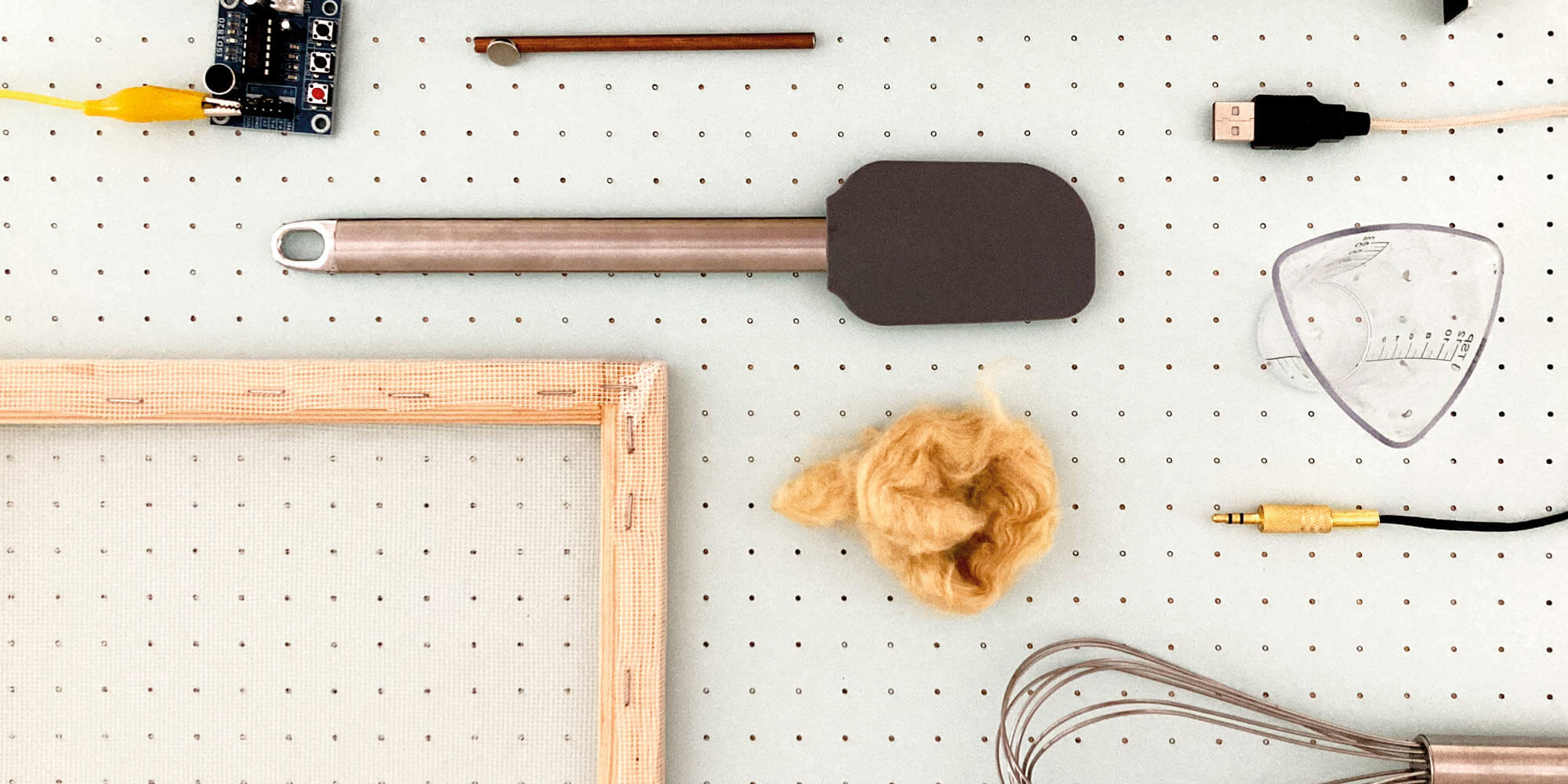Piezoelectric crystals intra-act in mountains, laboratories, technological devices, corals, bones, hair and teeth. They convert mechanical energy into electrical energy and vis versa. This oscillation between different energy states is a lively, material form of information transfer that, for example, stimulates bone growth, makes watches throb at a certain beat, or generates images through sonar and ultrasound devices. Particular oscillators, which have been designed in measurement and communication technologies since the end of World War I, raise critical questions about forms of human perception and related industrial production processes.
Where does the becoming of an oscillator begin? Who is involved in which way in this process? What are the political and socioenvironmental implications of the choices made in shaping oscillators?


